Transcutaneous Electric Nerve Stimulator (TENS)
Transcutaneous electrical nerve stimulation (TENS) is s form of electroanalgesia. Electroanalgesia involves the delivery of electrical impulses to certain parts of the body to block pain signals. Conditions for which the TENS unit has been used include the following:
Arthritis
CRPS (RSD)
myofascial (muscle) pain
low back pain
post-surgical pain
postherpetic neuralgia
trigeminal neuralgia
atypical facial pain
phantom limb pain
acute post traumatic pain
dysmenorrhea
visceral pain
The effectiveness of TENS in these conditions remains controversial because properly performed studies have not been performed. The mechanism by which TENS decreases pain remains unknown. Theories include
Levels of endorphins (natural pain reducers) are raised.
Nerves which carry pain signals are directly blocked.
The transmission of pain signals to the brain are blocked at the level of the spinal cord.
TENS unit design and components:
electrical signal generator
battery
electrodes
Transcutaneous electrical stimulation (TENS) can be administered by a physical therapist, chiropractor or physician. A physician may prescribe a TENS unit. Generally, these units can be purchased or rented. The units are portable stimulators which can either be worn around the waist or in one’s pocket. The patient is instructed on the proper use of a TENS unit by a physical therapist, chiropractor or physician.
When a physical therapist uses a TENS unit to deliver topical steroid medication through the skin, it is called “iontophoresis.” The electrical stimulation facilitates the absorption of the topical steroid medication into soft tissue to decrease inflammation and pain.
These TENS unit settings can be changed:
amplitude
pulse width (duration)
pulse rate (frequency)
Patients are instructed to
vary the frequency
vary the intensity
properly position the electrodes
Complications of a TENS unit are rare, but include skin irritation. A TENS unit should not be used in the following situations:
with demand type pacemakers
pregnancy
over the carotid sinuses (lateral neck)
over the anterior neck
over an area of sensory impairment which may increase the likelihood of burns
Clinical Use
Transcutaneous electrical stimulation (TENS) can be used for acute or chronic pain. The time of onset for pain relief, after a TENS unit is instituted, varies from almost immediate to hours. The duration of pain relief also varies considerably. Some patients obtain pain relief only while the TENS unit is being used, while others obtain pain relief for many hours afterward. The amplitudes, pulse widths, pulse rates and electrode positioning also vary considerably among individuals with similar conditions.
Summary
Transcutaneous electrical stimulation (TENS) is a commonly used form of electroanalgesia. Complications are rare when used with proper instruction. Although TENS is touted as an effective treatment for both acute and chronic pain, properly designed studies need to be performed to validate its use in these conditions.
Tania Faruque MD is the medical director of Palomar Spine & Pain, in Escondido, CA (North San Diego County).
